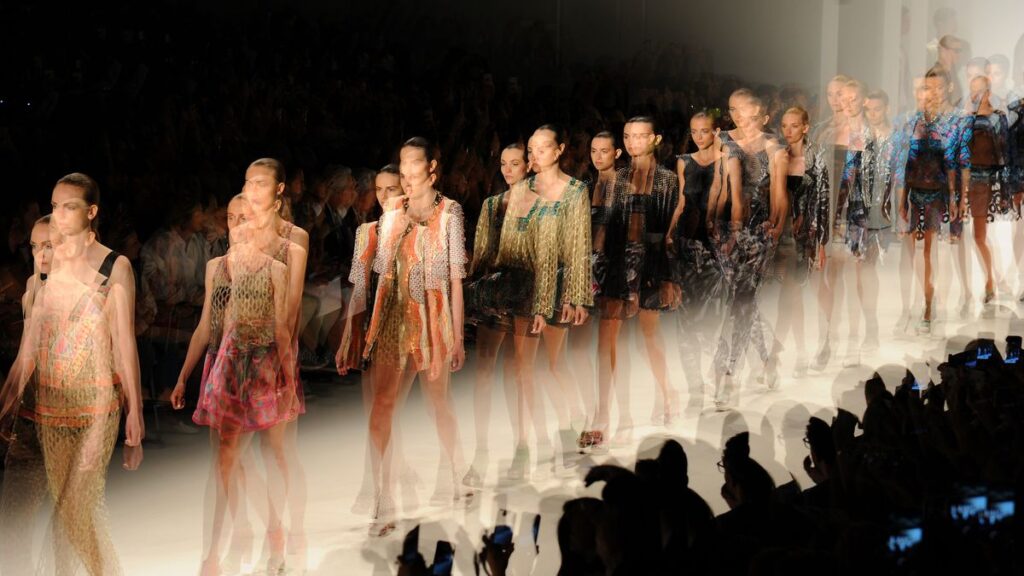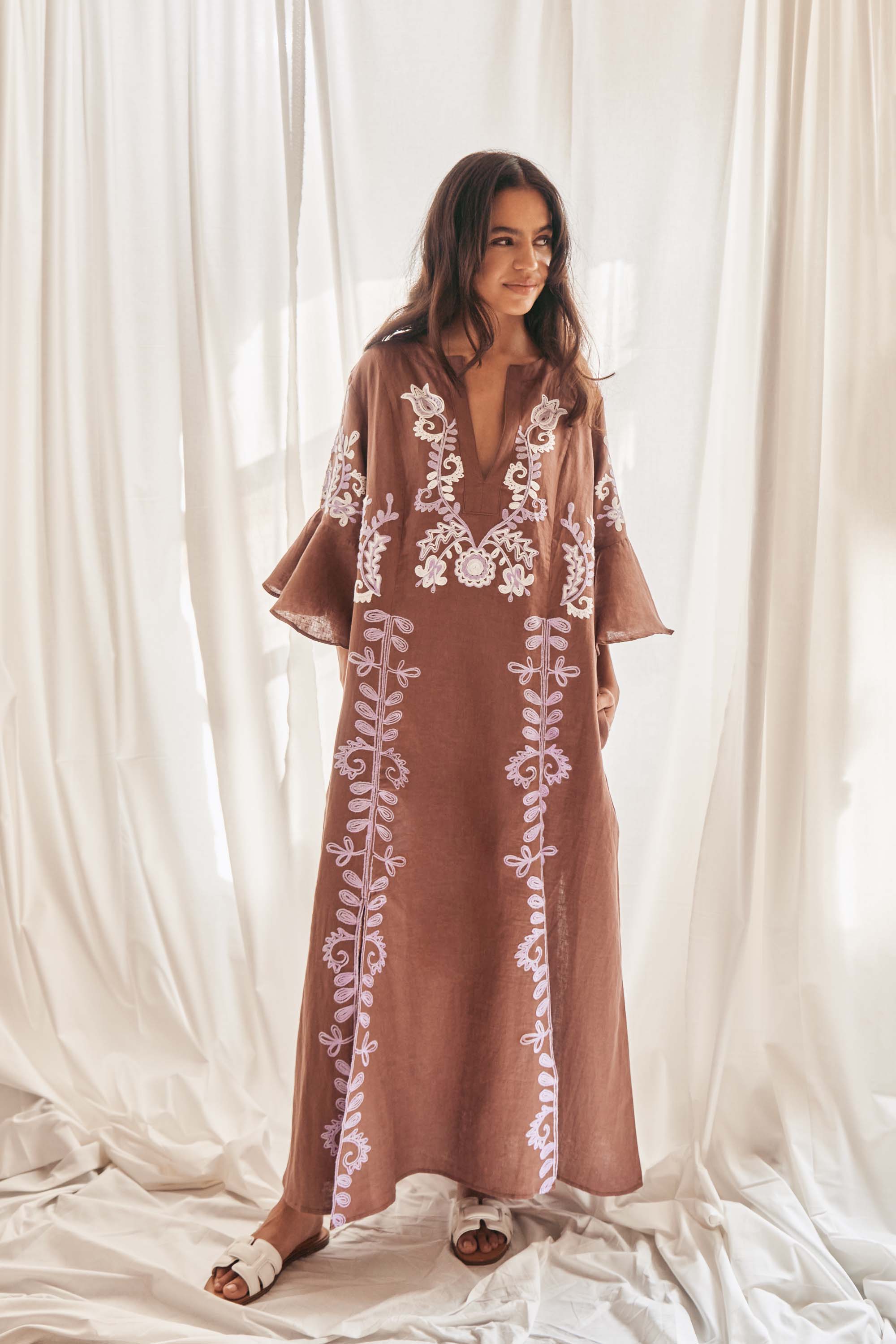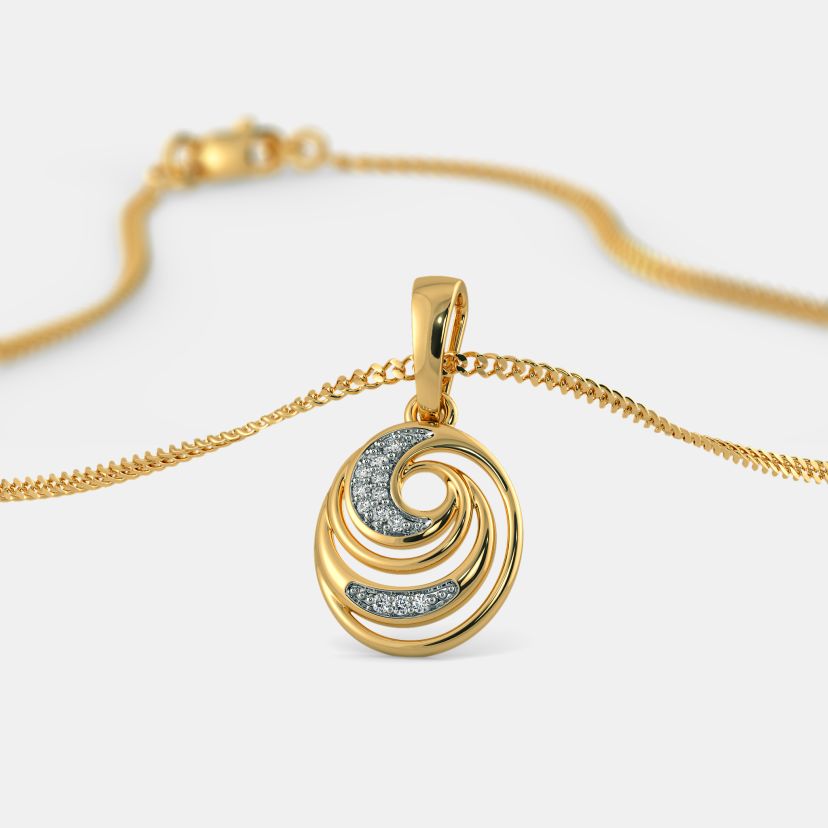Table of Contents
1. What is Fashion Week?
Fashion Week is a series of events where designers from all over the world present their new collections. These events are typically held twice a year: once for Spring/Summer collections (shown in September or October) and once for Fall/Winter collections (shown in February or March). Fashion Week allows designers to display their creative vision, setting trends that will influence not only the coming seasons but also the broader cultural landscape.
Major Fashion Weeks Around the World:
- New York Fashion Week (NYFW): Held in February and September, NYFW is known for its diverse mix of established designers and emerging talent.
- Paris Fashion Week: Paris is often seen as the pinnacle of high fashion, with luxury brands like Chanel, Louis Vuitton, and Dior showcasing their collections.
- Milan Fashion Week: Milan is the heart of Italian fashion, where brands like Gucci, Prada, and Versace show their collections.
- London Fashion Week: Known for its avant-garde designers and innovative shows, London cute-marie.com/ often leads the way in fashion experimentation.
2. Key Trends Emerging from Fashion Week
Each Fashion Week reveals key trends that will influence the fashion world for months to come. From color palettes and silhouettes to textiles and accessories, designers use Fashion Week as a platform to introduce the latest innovations in style.
Trending Styles from Recent Fashion Weeks:
- Sustainability Takes Center Stage: More and more designers are focusing on sustainable fashion, using eco-friendly materials, recycling old garments, and promoting ethical production practices. Fashion Week collections are often the first look at these eco-conscious trends.
- Gender Fluidity: Gender-neutral fashion continues to gain momentum, with many designers offering collections that defy traditional gender norms. Unisex clothing, gender-fluid silhouettes, and non-binary models were prominent in recent runway shows.
- Tech-Infused Fashion: Fashion is merging with technology, as seen in collections incorporating smart fabrics, wearable tech, and even augmented reality (AR) on the runway. Designers are increasingly experimenting with fabrics that change color or adapt to the wearer’s body.
- Maximalism: While minimalism has had its time, maximalism has made a major comeback. Over-the-top prints, bold color combinations, extravagant accessories, and layered outfits were seen on the runway, offering a statement of individuality and fun.
- Return of Nostalgia: Designers are revisiting past decades for inspiration. From 90s-inspired grunge to 80s power suits, retro aesthetics are making a strong return in collections, with updated modern twists.
Example of Trending Colors:
- Vibrant Neons: Neon greens, pinks, and yellows popped up across various collections, reflecting the desire for bold, attention-grabbing looks.
- Earthy Tones: Brown, mustard yellow, and deep forest greens evoked a connection to nature and sustainability.
- Soft Pastels: Light pinks, lavender, and pale blues continued to dominate for Spring collections, giving a soft, feminine touch to many outfits.
3. Celebrity Sightings and VIP Guests
Fashion Week is not only about the designers and models; it’s also about the stars who come out to support and witness the latest trends. Celebrities, influencers, and socialites are often front-row fixtures, making Fashion Week a hotspot for the biggest names in entertainment.
Top Celebrity Moments from Fashion Week:
- Kendall Jenner at Prada: As one of the most in-demand supermodels, Kendall often opens and closes shows, and her appearances at Fashion Week are highly anticipated. Her style and runway presence continue to influence trends.
- Rihanna’s Savage X Fenty Show: Rihanna has become a Fashion Week icon, with her inclusive lingerie brand Savage X Fenty taking over the runway with bold performances, diverse models, and a celebration of body positivity.
- Beyoncé’s Fashion Collaborations: Beyoncé often attends Fashion Week with major designers, influencing trends through her personal style and collaborations with fashion houses like Balmain and Adidas.
- Kim Kardashian and Kanye West: Fashion Week is a family affair for the Kardashian-Jenner clan, with Kim and Kanye attending shows, promoting fashion trends, and even showcasing their own brand, YEEZY.
4. Emerging Designers to Watch
Fashion Week is the perfect platform for emerging designers to showcase their work to a global audience. These designers are often at the forefront of innovation, pushing boundaries and reinterpreting traditional fashion norms.
Notable Emerging Designers:
- Telfar Clemens: Known for his unisex designs and inclusive approach, Telfar’s bags, especially the Telfar Shopping Bag, have become a cultural icon, and his collections often focus on accessibility and representation.
- Mowalola Ogunlesi: A Nigerian-born, London-based designer, Mowalola’s designs embrace bold, boundary-pushing fashion, frequently blending streetwear influences with high fashion.
- Kim Shui: This emerging New York-based designer is known for her eclectic, vibrant collections that fuse street style with high fashion, often drawing inspiration from her Chinese-American heritage.
- Richard Quinn: The British designer’s floral-centric, maximalist designs have earned him widespread attention, including a royal stamp of approval when Queen Elizabeth II attended his show in 2018.
5. Sustainable Fashion Week Initiatives
Sustainability is no longer a niche topic but a key focus for many designers, and Fashion Week is becoming an increasingly important stage for sustainable fashion innovations. From ethical sourcing to low-impact production methods, designers are showcasing how fashion can evolve in a more eco-conscious direction.
Sustainability Highlights:
- Recycled Fabrics: Designers are incorporating recycled polyester, organic cotton, and upcycled materials into their collections, reducing waste and promoting a circular economy.
- Zero-Waste Design: Some designers are creating collections that produce no fabric waste, using innovative techniques like pattern-making that minimizes offcuts.
- Carbon-Neutral Fashion: Several brands have committed to achieving carbon neutrality in their operations, offsetting their emissions through initiatives like tree planting or using renewable energy in their production processes.
- Ethical Supply Chains: Designers are increasingly transparent about where and how their garments are made, opting for fair trade practices and ensuring fair wages for workers in their supply chains.
6. Digital Fashion Shows and Virtual Runways
The COVID-19 pandemic accelerated the move toward digital fashion shows, where designers present their collections through virtual runways or pre-recorded presentations. Although in-person shows have returned, digital fashion events are still significant, allowing brands to reach a global audience and showcase their designs without geographical limits.
Key Trends in Digital Fashion:
- Live Streaming: Many designers are live-streaming their shows on platforms like YouTube, Instagram, and Twitch, giving fans and consumers real-time access to the runway.
- Augmented Reality (AR) Fashion: Some brands are experimenting with AR technology to allow viewers to interact with clothing in virtual environments, such as virtual try-ons or AR-enabled fashion shows.
- Digital Fashion and NFTs: Digital fashion is also entering the world of NFTs (non-fungible tokens), where virtual clothing items are being bought and sold. This new frontier of fashion offers exciting possibilities for digital ownership and innovation.
7. Street Style and Fashion Week Streetwear Trends
While the runway is the main event, street style often steals the spotlight at Fashion Week. Fashion lovers, influencers, and celebrities flood the streets in their most stylish outfits, showcasing the latest trends and personal flair. Streetwear continues to dominate the Fashion Week scene, with a mix of casual, high-fashion, and avant-garde looks.
Street Style Trends:
- Sneakers with Suits: The ongoing sneaker culture has led to the pairing of athletic footwear with more formal looks, creating a mix of comfort and high fashion.
- Layering and Oversized Fits: Loose, oversized clothing continues to be a key trend, with many Fashion Week attendees opting for baggy silhouettes, oversized coats, and layered looks.
- Accessories and Statement Pieces: Bold, statement accessories such as chunky jewelry, wide-brimmed hats, and oversized sunglasses were commonly spotted, elevating everyday outfits to fashion-forward looks.
Conclusion: Fashion Week as a Cultural Barometer
Fashion Week is more than just an opportunity to see beautiful clothes; it’s a reflection of cultural shifts, technological advancements, and societal changes. Whether you’re looking for the next big trend, spotting your favorite celebrity, or simply admiring the artistry of the collections, Fashion Week remains one of the most exciting and dynamic events in the fashion world. With sustainability, digital innovation, and inclusivity at the forefront, the future of fashion is looking more diverse, ethical, and tech-driven than ever before. Keep an eye on these global events to stay ahead of the trends and be inspired by the creativity that defines the world of high fashion.




